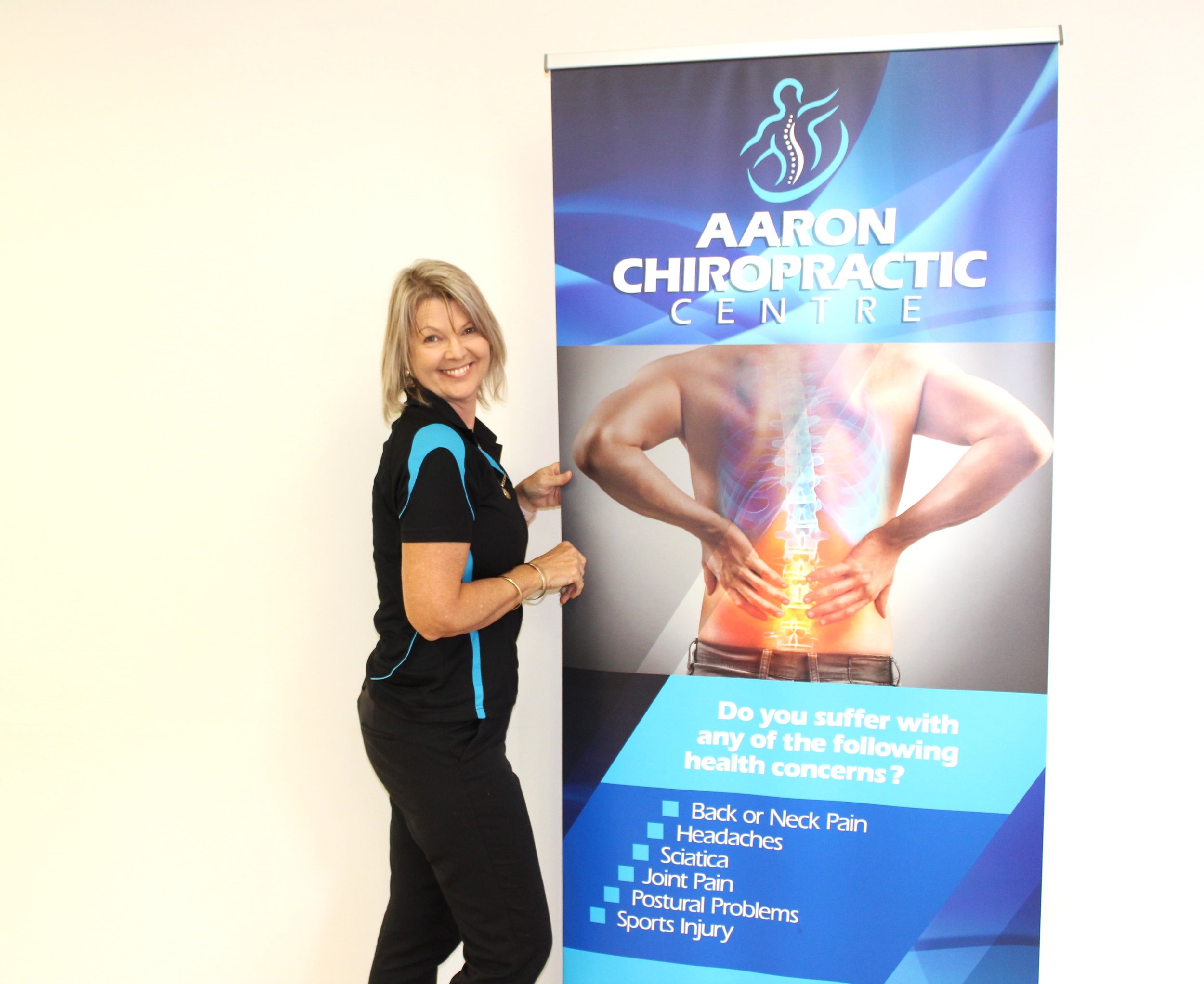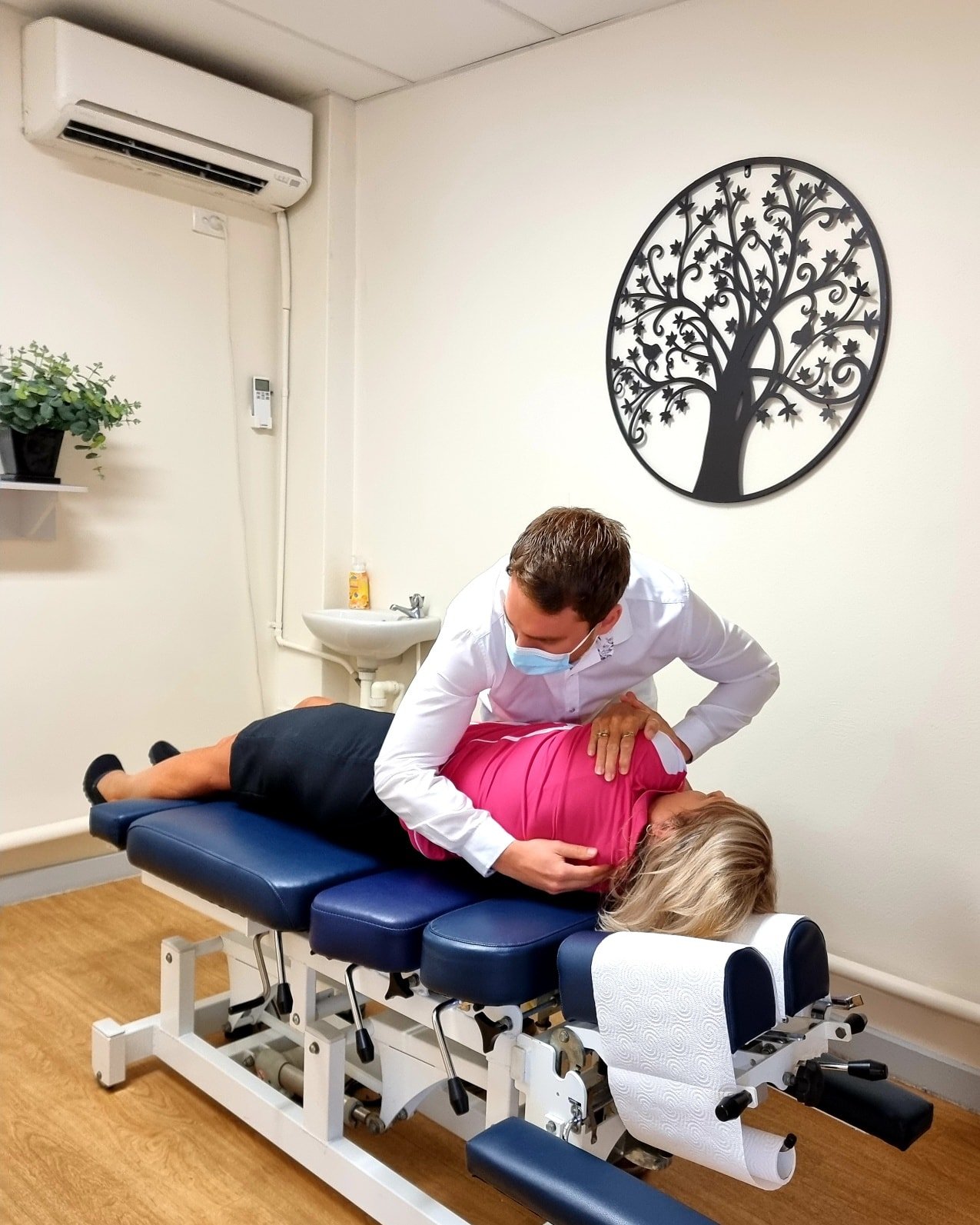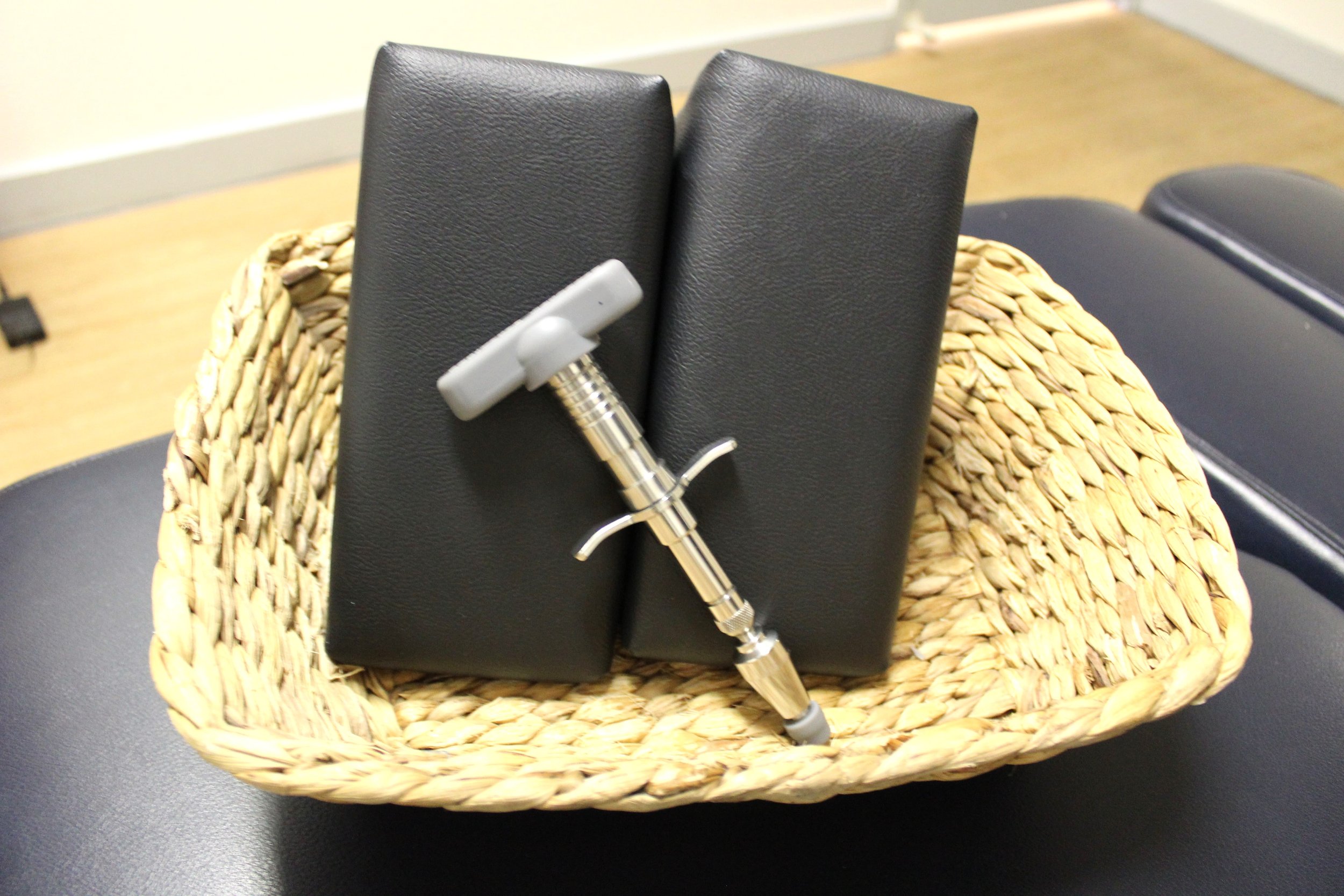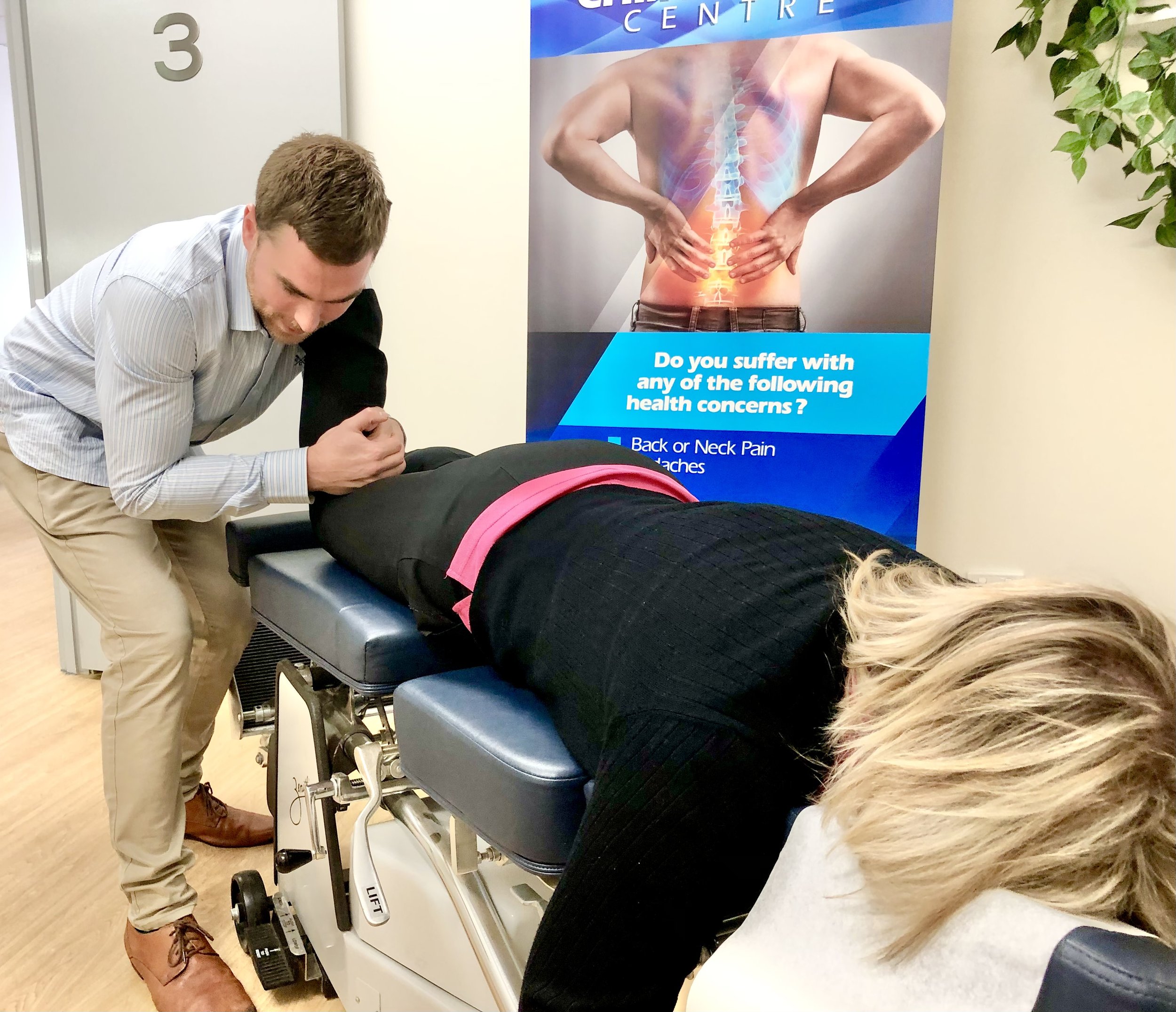Long hours spent behind the wheel can often lead to discomfort, fatigue, and poor posture. However, achieving perfect posture while driving is entirely possible with the right approach to configuring your car's interior. In this comprehensive guide, we'll explore the various elements of car setup that contribute to ideal posture. By the end of this article, you'll have a clear understanding of how to adjust your car to promote better spinal health, comfort, and an enjoyable driving experience.
1. The Importance of Proper Car Setup
Before delving into the specifics, it's crucial to understand why proper car setup matters. Maintaining correct posture while driving not only prevents immediate discomfort but also reduces the risk of chronic pain, muscle strain, and long-term spinal issues. A well-configured car interior encourages the natural alignment of your spine, leading to better circulation, reduced fatigue, and improved focus.
2. Seat Position and Angle
Start by adjusting your seat's position and angle. Your seat should be close enough to the pedals that your knees remain slightly bent. Avoid sitting too far back, as it can lead to overreaching and poor support. Adjust the seatback angle to support the natural curve of your spine, and avoid reclining too far back, which can strain your neck and back muscles.
3. Lumbar Support
Most modern cars come equipped with adjustable lumbar support. Ensure that your lumbar support is correctly positioned to provide gentle pressure to your lower back. If your car lacks this feature, consider using a lumbar support cushion to maintain the natural curve of your spine.
4. Steering Wheel Position
Adjust the steering wheel's tilt and telescopic features so that your hands comfortably rest on the wheel while your elbows remain slightly bent. This position prevents undue strain on your shoulders and wrists, promoting a relaxed and comfortable driving posture.
5. Headrest Alignment
Proper headrest alignment is often overlooked but is crucial for preventing neck injuries during sudden stops or collisions. Position the headrest so that its center aligns with the top of your head, allowing for the least amount of movement in case of impact.
6. Seat Height
Set the seat height to allow for a clear view of the road and dashboard without straining your neck or slouching. Your line of sight should be just above the steering wheel.
7. Seat Cushion Comfort
Choose a seat cushion that provides adequate padding and support. A cushion that promotes even weight distribution and minimizes pressure points will help you maintain comfort and proper posture during long drives.
8. Mirror Placement
Ensure your mirrors are properly positioned to reduce the need for excessive twisting and turning of your torso. Well-adjusted mirrors provide a wider field of vision without compromising your posture.
9. Foot Placement
Position your feet so that your heels rest comfortably on the floor and your toes reach the pedals without overstretching. This stance prevents strain on your ankles and knees.
10. Regular Breaks and Movement
Lastly, even with a perfectly configured car, it's essential to take regular breaks during long journeys. Use these breaks to stretch your legs, perform gentle back stretches, and walk around to promote blood circulation and prevent muscle stiffness.
11. Eliminating Clutter
A cluttered car interior can restrict your leg and foot movement, leading to poor posture. Keep the space around your feet clear of objects to allow for comfortable positioning and movement of your legs.
12. Temperature and Comfort
Maintaining a comfortable temperature inside your car is crucial for relaxation and proper posture. Extreme heat or cold can cause muscle tension and discomfort. Use air conditioning or heating to create an environment that encourages relaxation and supports good posture.
13. Seatbelt Adjustments
Wearing a seatbelt is essential for safety, but it can sometimes interfere with posture. Make sure your seatbelt is positioned across your shoulder and chest, not your neck, to avoid discomfort and encourage an upright sitting position.
14. Proper Footwear
The shoes you wear while driving can impact your posture. Choose footwear with a flat sole and adequate arch support to prevent strain on your feet and ankles.
15. Personalizing Your Space
Every individual's body is unique, so don't hesitate to adjust your car's setup based on your specific needs. Experiment with minor modifications until you find the most comfortable and supportive configuration for your body.
16. Mindful Driving Habits
Beyond physical adjustments, practicing mindfulness while driving can contribute to better posture. Avoid sudden and jerky movements, and pay attention to how you hold the steering wheel and interact with the pedals. Gentle and controlled actions maintain your posture and reduce strain.
17. Use of Technology
Some modern cars offer seat settings that can be personalized and saved based on different drivers. Explore these features to create presets that accommodate your ideal driving posture.
18. Consultation with Professionals
If you struggle with chronic pain or specific medical conditions, consider seeking advice from a Chiropractor or an ergonomics specialist. They can provide tailored recommendations to help you set up your car for optimal posture and comfort.
19. Stay Hydrated and Relaxed
Dehydration and stress can lead to muscle tension and poor posture. Stay hydrated by keeping a water bottle handy, and practice relaxation techniques like deep breathing to ease tension during your drive.
20. Regular Maintenance
Just as your car needs regular maintenance, so does your posture setup. Periodically reassess and readjust your car's configuration to ensure that it continues to promote proper posture and comfort.
Creating a car interior that supports proper posture involves attention to detail and an understanding of your body's needs. By addressing factors such as seat position, lumbar support, steering wheel alignment, and even your choice of footwear, you're setting yourself up for a comfortable and pain-free driving experience. The combination of ergonomic adjustments, mindfulness, and regular breaks ensures that you maintain a healthy posture throughout your journey.
Remember that maintaining good posture isn't just about avoiding immediate discomfort—it's an investment in your long-term spinal health and overall well-being. By following the tips provided in this guide and applying them consistently, you can transform your time behind the wheel into a chance to improve your posture and enhance your driving comfort. So, take the time to configure your car for ideal posture, and enjoy the benefits of a more enjoyable, pain-free, and health-promoting driving experience. Your body will thank you for prioritizing its well-being every time you hit the road.










